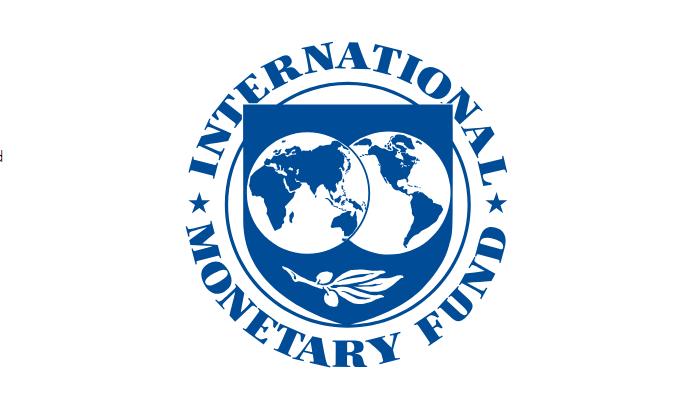TASHKENT, Uzbekistan, June 25. The IMF forecasts that the external current account deficit is expected to remain at or slightly below 5 percent over 2025-26, while international reserves are projected to stay adequate, covering 9.2 months of imports by the end of 2026, Trend reports citing the latest IMF report.
Uzbekistan’s overall economic performance remains strong. Real GDP growth reached 6.5 percent in 2024, driven by robust domestic demand, and remained solid at 6.8 percent year-on-year in the first quarter of 2025. Inflation showed a downward trend through April 2024 but rose to 10.6 percent year-on-year in May 2024 following necessary energy price reforms. By April 2025, inflation had slightly eased to 10.1 percent.
The current account deficit narrowed by 2.6 percentage points of GDP to around 5.0 percent in 2024. This improvement was supported by strong remittance inflows, rapidly expanding non-gold exports, favorable commodity prices, and the normalization of a one-off spike in imports observed in 2023. Throughout this period, international reserves have remained ample.
Fiscal consolidation also advanced, with the consolidated fiscal deficit declining by 1.7 percentage points of GDP to 3.2 percent in 2024. This was largely driven by growth-friendly expenditure policies, despite broader public sector borrowing and spending exceeding expectations.
Looking ahead, the economic outlook remains broadly positive. Despite rising uncertainties in global trade policies, real GDP growth is projected to stay robust at around 6 percent in both 2025 and 2026. This growth will be underpinned by continued strength in private consumption, investment, and ongoing structural reforms. Sustained tight monetary and macroprudential policies, together with enhanced fiscal discipline, are expected to reduce inflation to the Central Bank of Uzbekistan’s (CBU) target of 5 percent by the end of 2027.
Downside risks include prolonged trade shocks, increased commodity price volatility, tighter external financing conditions, and contingent liabilities linked to state-owned enterprises, banks, and public-private partnerships. Conversely, faster implementation of structural reforms, stronger inflows of income and capital, and favorable commodity prices could provide upside potential.







